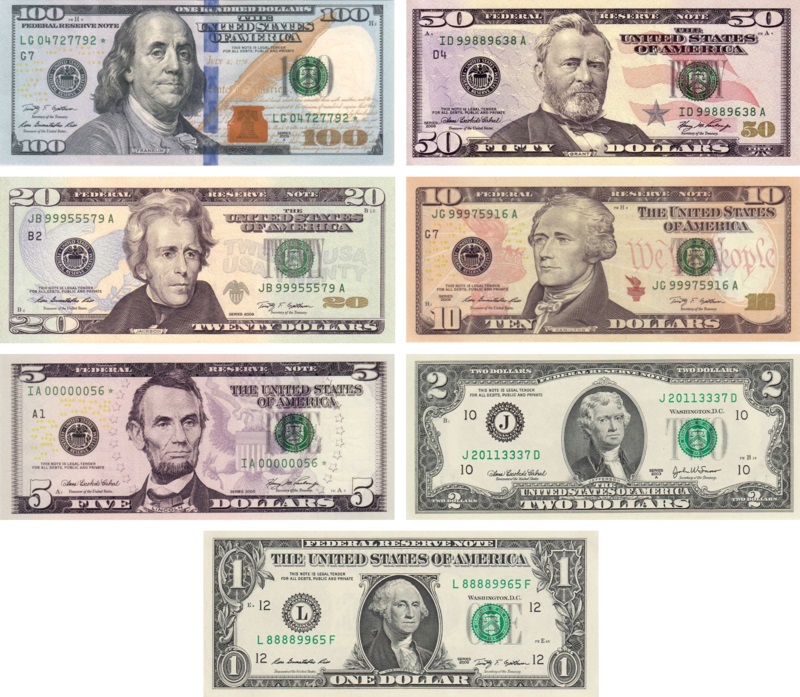SDR
SDR Full form is Special Drawing Rights. It is an international reserve asset, which is created by the IMF in 1969 to supplement its member country’s official reserves.
By now $204.2 billion have been allocated to its members. This includes $182.6 billion allocated in 2009 during the global financial crisis.
The value of SDR is based on five currencies basket that includes USD, Euro, Chinese Renminbi, Japanese Yen, and GBP. This is called the SDR currency basket.
It is also called Paper Gold as it is represented as an asset that could be used to offset the balance of payment deficits similar to gold or reserve currencies.
Sdr currency
| Currency | Weights determined in the 2015 Review | Fixed Number of Units of Currency for a 5-year period Starting Oct 1, 2016 |
| U.S. Dollar | 41.73 | 0.58252 |
| Euro | 30.93 | 0.38671 |
| Chinese Yuan | 10.92 | 1.0174 |
| Japanese Yen | 8.33 | 11.900 |
| Pound Sterling | 8.09 | 0.085946 |
- 1 SDR to USD – Initially, the value of One SDR is defined as equivalent to 0.888671 grams of fine gold, which is equivalent to 1 dollar.
| XDR | USD |
| 1 | 1.41 |
| 5 | 7.09 |
| 10 | 14.18 |
| 20 | 28.37 |
| 50 | 70.94 |
| 100 | 141.89 |
| 250 | 354.74 |
| 500 | 709.48 |
| 1000 | 1418.97 |
SDR allocation
Sdr is allocated to the member nations by IMF. A nation’s IMF quota is the maximum amount of financial resources that is obligated to contribute to the fund.
Any new allocation is must be voted on XDR department of IMF and should pass with an 85% majority. All IMF countries are part of the XDR department. There is no one country, one vote system.
For example, the USA has 16.7% of the votes. Power. Allocation happened only on rare occasions.
For IMF provided an allocation of XDR of 182.6 billion, to provide liquidity to the global economic system and supplement members country’s official reserves during the global financial crisis of 2009.
The low-income member countries received allocations in 2011.
Reserve tranche position Indian economy
Reserve tranche IMF – Reserve tranche is the portion of a member country’s quota with the IMF, which is in the form of gold or foreign currency.
Example: India’s reserve tranche – India pays some amount to IMF as its quota. This can be used for its own purpose without a service fee or economic reform condition.
For any member country, out of the total quota, 25% must be paid in the form of foreign currency or gold.
Hence this is called Reserve Tranche or Gold Tranche. The remaining 75% can be paid in domestic currencies and it is called credit tranche.

